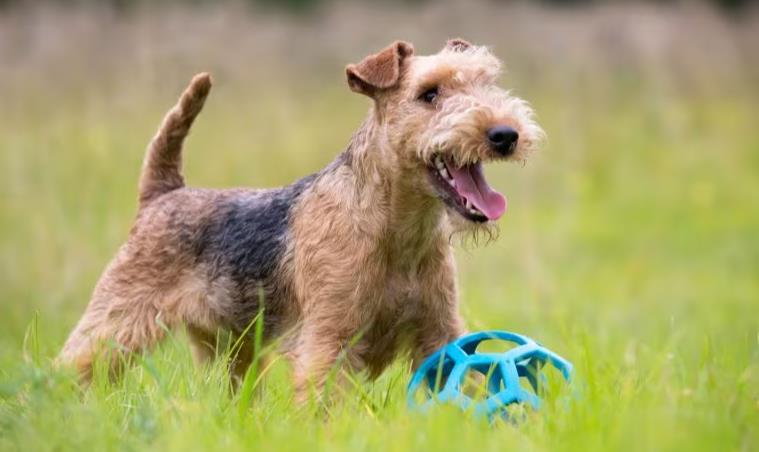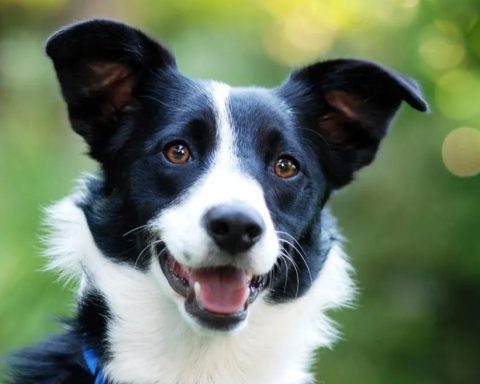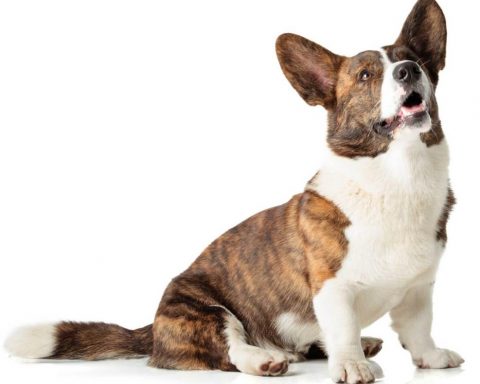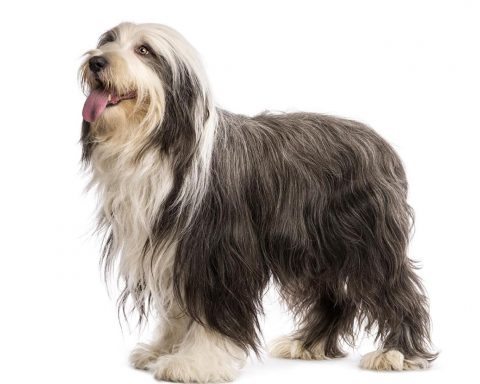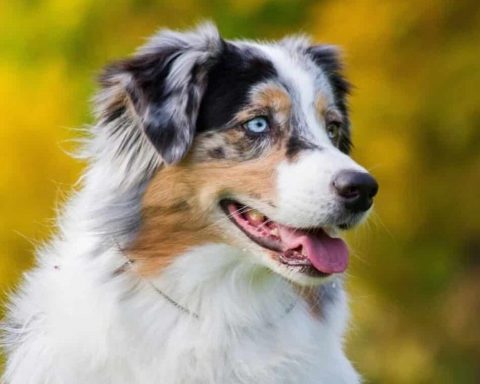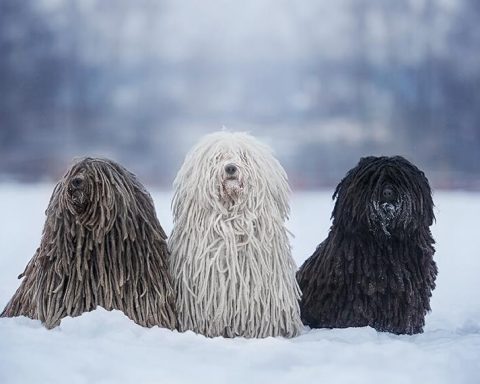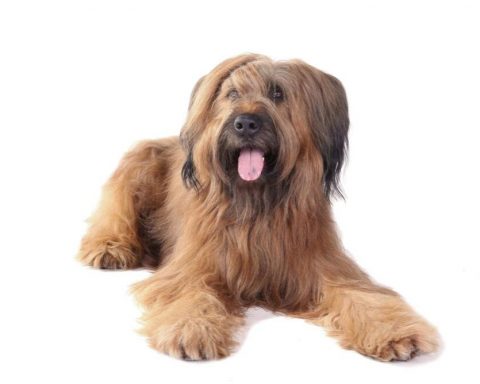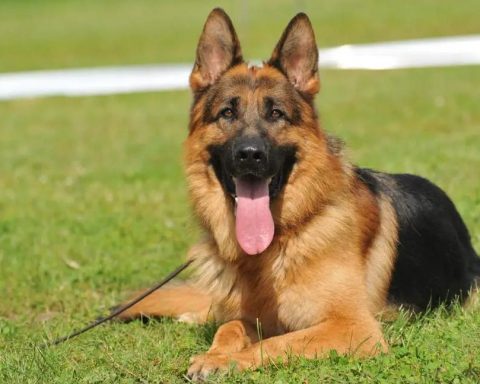summary
The Lakeside Terrier was bred in the north of England and was importantly used to hunt vermin on rugged, rocky hills. It is a small, delicate dog with a sturdy, square body structure. Its deep and narrow body allows it to burrow smoothly into rocky holes and get the job done.
It has long enough legs to enable it to adapt to all kinds of rough terrain. It has a long, smooth neck with a short dorsal line and a high tail root position. Its personality is happy, friendly and confident, but not strongly aggressive.
It is alert and always ready to go. Its gait is soft and graceful, with a moderate, relaxed stride. It has a rectangular head with a powerful jaw and V-shaped ears. The coat is thick and bristly, with longer trimmed hair on the muzzle and legs.
Place of origin
England
Body type
The ideal shoulder height for an adult dog is 14.5 inches with a margin of error of 1 to 0.5 inches, and the ideal height for a bitch is 1 inch shorter than that of a male. Well balanced, the average weight of an adult male dog in more rigorous competition is 17 pounds. Dogs that are slightly taller or shorter at the shoulder weigh proportionately more. Balance and coordination are paramount. A dog that is short-legged, overweight for its breed, or too slender does not meet the requirements and is considered defective. It should have enough bone to appear sturdy, delicate but not coarse.
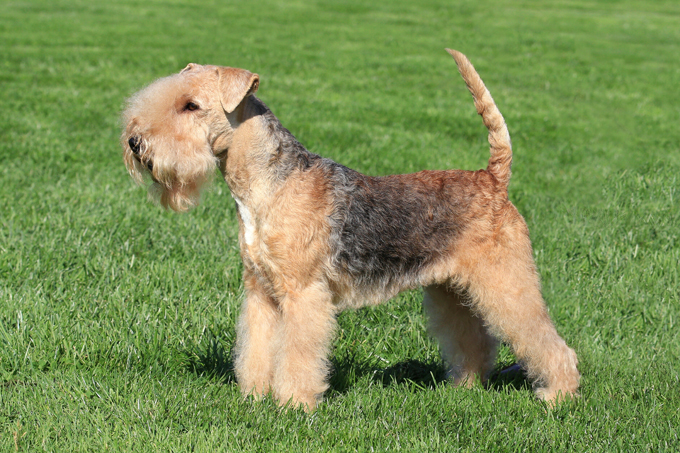
Head
The expression is closely related to the mood of the dog; although its typical expression is one of alertness, it sometimes appears enthusiastic and determined, sometimes happy and even a little mischievous. Eyes-Smaller, somewhat ovoid, and located at the corners of the head at a greater distance. Dogs of liver or liver and brown have eyes that are darker brown to soft brown in color with brown rims. Dogs of other colors have eyes that are pastel colored brown to black with black eye rings. The ears are small, V-shaped, and fold over the top of the skull, with the inner edge close to the head and the outer edge near the outer corner of the eye.
The top of the head is flat and moderately wide, and the cheeks may be flat and smooth. The stop is barely visible. The muzzle is firm and the nose is straight and located below the eyes. The head is well proportioned and rectangular, with the length of the head matching the length of the muzzle. The proportions of the head are critical. Overly long and short faces and wedge-shaped heads are inappropriate and are defective.
The noseglasses are black. “Winter” noseglasses or faded noseglasses are acceptable but not desirable. Only liver colored dogs are permitted liver colored noseglasses and lips. Pink noseglasses or noseglasses with visible spots are serious defects. Lips are black. Powerful jaws.
Teeth are large, pincer-strong bite or shear bite. A protruding upper jaw bite or a protruding lower jaw bite is a disfigurement.
Neck, dorsal line, and body
Neck-Long; delicate but firm; throat free from bulk; slightly arched, smooth and gradually broadening against the shoulder. The withers are distinctly higher than the spine. Dorsal line-From the withers to the tail, short and horizontal. Body – Firm and supple. The chest is narrow, deep, ovate, and deep to the elbows. The ribs are well expanded. The Lakeside Terrier is a medium-sized breed. Dogs that are barrel chested, too large, too thick and too slender are undesirable and are considered defective. Loin – Tight and short, although bitches may be slightly longer. Moderately tucked in. Tail-The root of the tail is high in position. A tail break is required by convention so that the dog is shown with the tip of the tail held high and flush with the back of the head. The tail is positioned vertically and curved slightly toward the head. A tail tightly curled over the back is a defect.
Forequarters
The shoulders are properly angled. It is assumed that there is a line leading from the top of the scapula that will run through the elbow. The upper scapula appears long in comparison to the forearm and is angled so that the forearm is vertical to maintain the “terrier front” appearance. The shoulder muscles are smooth.
The elbows hang on either side of the body and move freely. The forelegs are strong, neat and straight when viewed from the front or side. The ankles are barely visible. The paws are rounded, pointing forward, and the toes are compact and strong.
Foot pads are thick, black or dark gray, and brown in liver-colored dogs. Toe nails are firm, black or in line with the dog’s body color. Wolf claws are excised.
Hindquarters
The thighs are muscular and powerful. The hind legs are properly angled, but not so much so as to affect the balance of the front and hind limbs, so as to be able to walk smoothly. The hind knee joints are neither turned in nor turned out. The fly joints are fairly short, and when viewed from the side, the fly joints are perpendicular. Viewed from behind, the fly joints are perpendicular to each other. Foot claws are the same as on the forelimbs. If wolf claws are present, they are excised.
Coat
Double coat, outer cloak of coarse, stiff bristles, inner undercoat close to the skin, soft, not reaching outside the cloak. The Lakeside Terrier needs to be stripped to maintain its outline (shaving does not meet competition requirements).
Appearance is neat and refined. The hair on the head, ears, forechest, shoulders and back of the tail needs to be cut short to appear smooth. The coat on the body is slightly longer (about 0.5 to 1 inch) and may be slightly wavy or straight. The trimmed hair on the face and legs is abundant but not superfluous and appears neat. The hairs are fluffy. Legs are cylindrical and strong.
The facial hair will be trimmed in the traditional manner, with the hair above the eyes left longer so that the head is rectangular from any angle. The eyes are very pronounced when viewed from the front, giving the Lakeside Terrier a very distinctive mischievous expression.
Color
The Lakeside Terrier comes in many colors, solid colors include: orchid, black, liver, red and wheaten. Saddle-spotted dogs are covered with saddle-shaped markings on the back, back of the neck, above the tail and on the sides of the body, and saddle-spotted colors include orchid, black, that color or varying degrees of gray. The rest of the dog (head, throat, shoulders and legs) is wheaten or golden brown. The gray is varying degrees of black, orchid, or liver color mixed in with the red or wheaten color.
Gait
The gait is straight and easy, with good forequarters guidance and hindquarters drive. The gait is smooth, efficient and adaptable to different terrains. Legs remain straight when coming and going, paws neither turned in nor out; elbows tight to the body, fly joints vertical. As the dog darts, the paws are brought closer to the center of gravity.
Temperament
The typical Lake Terrier should be bold, quick and friendly, and confident. Being timid, especially very timid, is a serious defect for the adult Lake Terrier, as is, conversely, having strong aggressive tendencies.
Disqualification
Protruding upper jaw bite or protruding lower jaw bite
